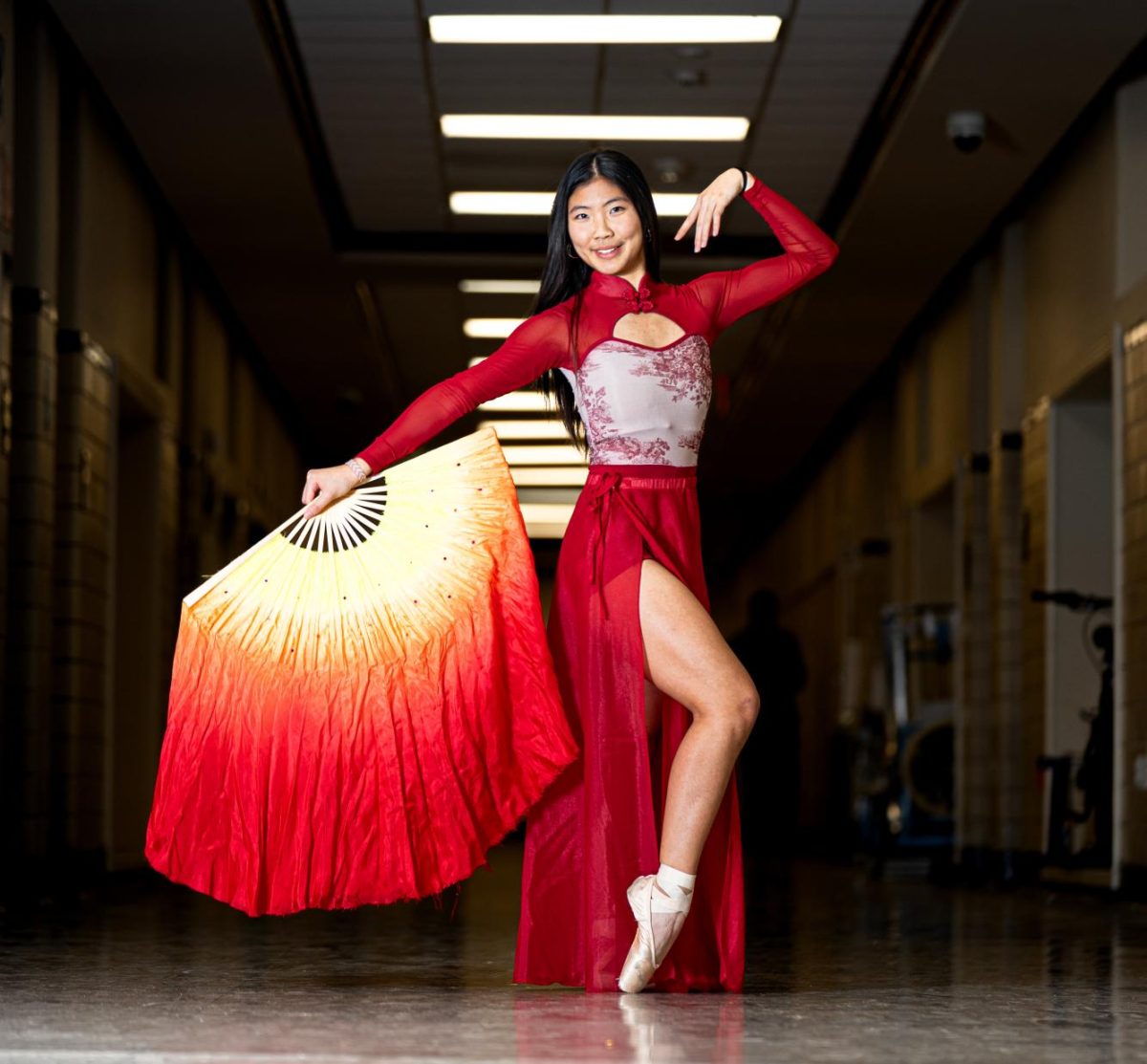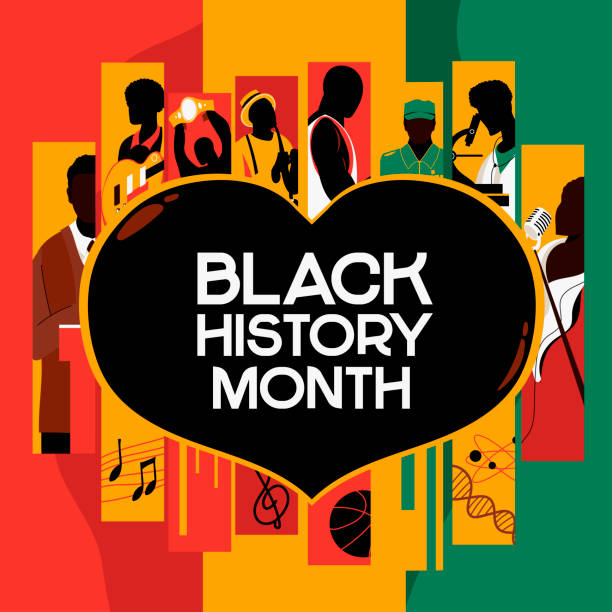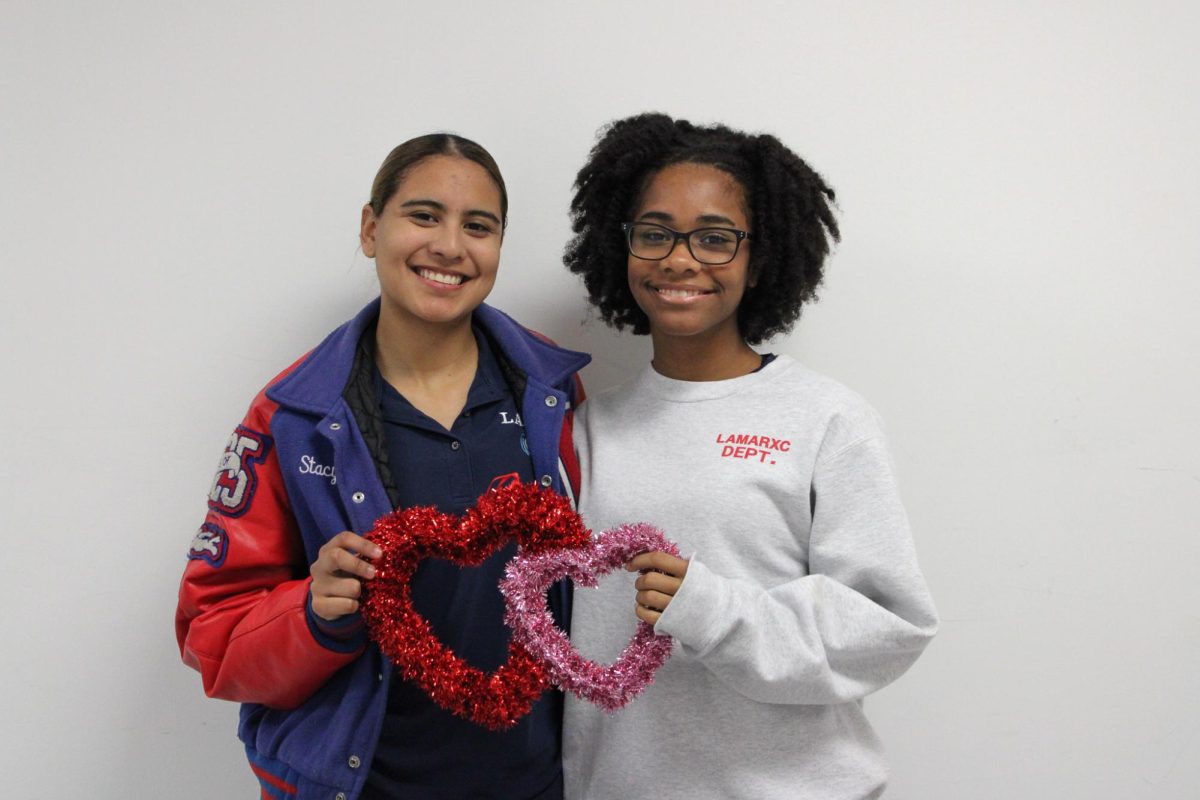As the new moon rises, families all over the world come together to celebrate the rich traditions that define the Lunar New Year. This vibrant 15-day celebration is more than just welcoming a new year and lighting vibrant lanterns, but a celebration of cultural identity and family bonds. The festivities offer a precious opportunity to gather and create lasting memories.
The months leading up to the Lunar New Year are filled with intriguing customs that reflect the holiday’s deep cultural roots. Homes radiate with vibrant red decorations, symbolizing luck, prosperity, and happiness. Families also thoroughly sweep their homes as a ritual believed to sweep away bad luck and make room for fresh blessings. Paper cutouts representing good fortune and blessings are displayed upside down to convey that happiness is arriving. Where other traditions, such as not cutting your hair, are meant to preserve good fortune and avoid losing prosperity.
While it is traditionally a Chinese celebration, the Lunar New Year is celebrated in countries all over the world, including Korea, Vietnam and Mongolia, each showcasing its distinct customs and traditions. On New Year’s Eve, families come together for a grand reunion dinner that includes symbolic dishes. Common dishes include dumplings, typically molded to resemble ancient gold ingots to symbolize wealth and fish which represent abundance and prosperity.
Astrology plays a major role in the holiday. Each year is tied to a specific animal from the Chinese zodiac. Last year was the Year of the Wood Dragon, symbolizing strength, vitality and renewal. This powerful animal marks a fresh start and brings a calm for the year ahead. 2025 is the Year of the Wood Snake, symbolizing growth, creativity, and introspection.
Caitlyn Lin, a junior who celebrates the festival, notes that the Lunar New Year is a celebration that brings loved ones together who may not see each other often. “It’s really special when we finally get to reunite after such a long time apart,” says Lin. She shares her love for the tradition of receiving red envelopes, or “hongbao,” which symbolize good fortune and heartfelt wishes. “They give me the red envelopes and in return I give them blessings and wishes,” says Lin. The exchange of red envelopes carries blessings of health, happiness and prosperity from one generation to the next.
The magical Lantern Festival marks the grand finale of the festival. On the 15th day of the lunar calendar, streets are illuminated with colorful lanterns, many of which carry wishes. The lanterns floating in the night sky capture the joy and excitement of the season, and their vibrant colors embody the spirit of the festivities. While lighting firecrackers and fireworks are believed to scare away evil spirits, and bring in the New Year with a bang of good luck and prosperity. Communities gather to participate in lantern displays, firework shows, and traditional dragon dance that all brim with folklore and meaning.
“It’s a wonderful time to learn about and share Asian culture and honor our roots,” Lin reflects. As the festive season approaches, let’s remember that the true spirit of the Lunar New Year lies in family, community, and the shared joy of new experiences—making it a deeply special time of year for people everywhere.







